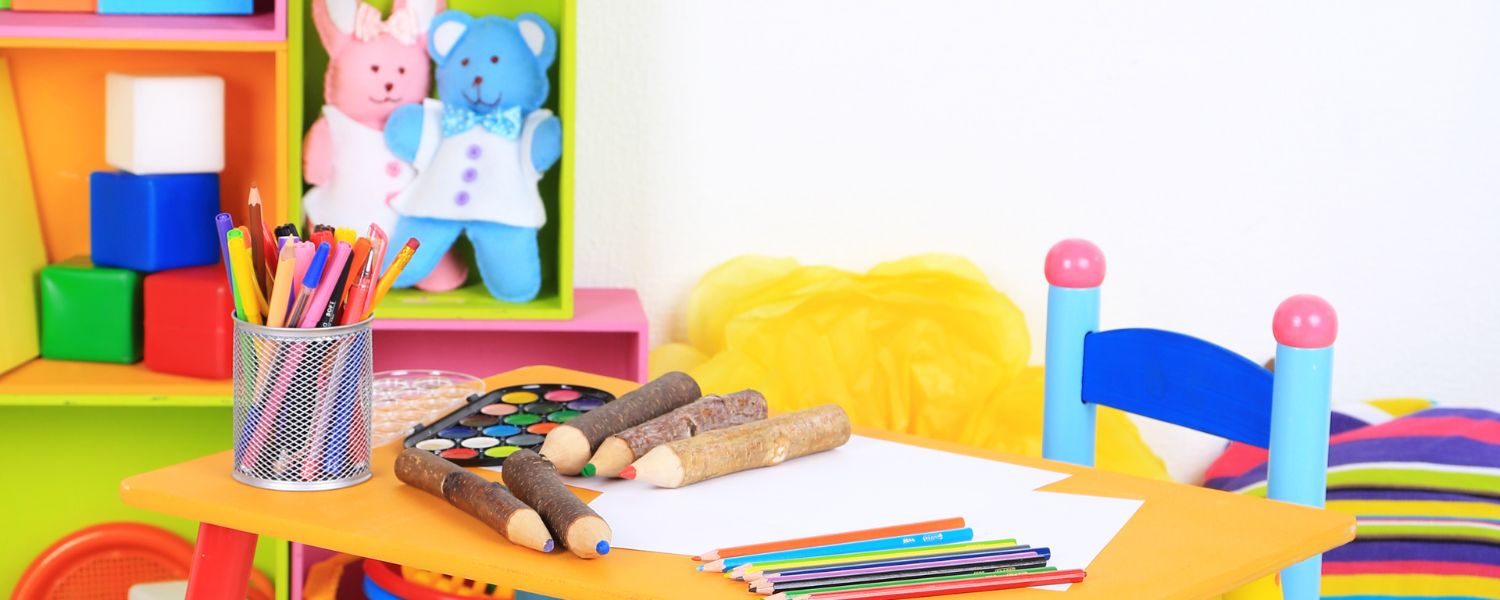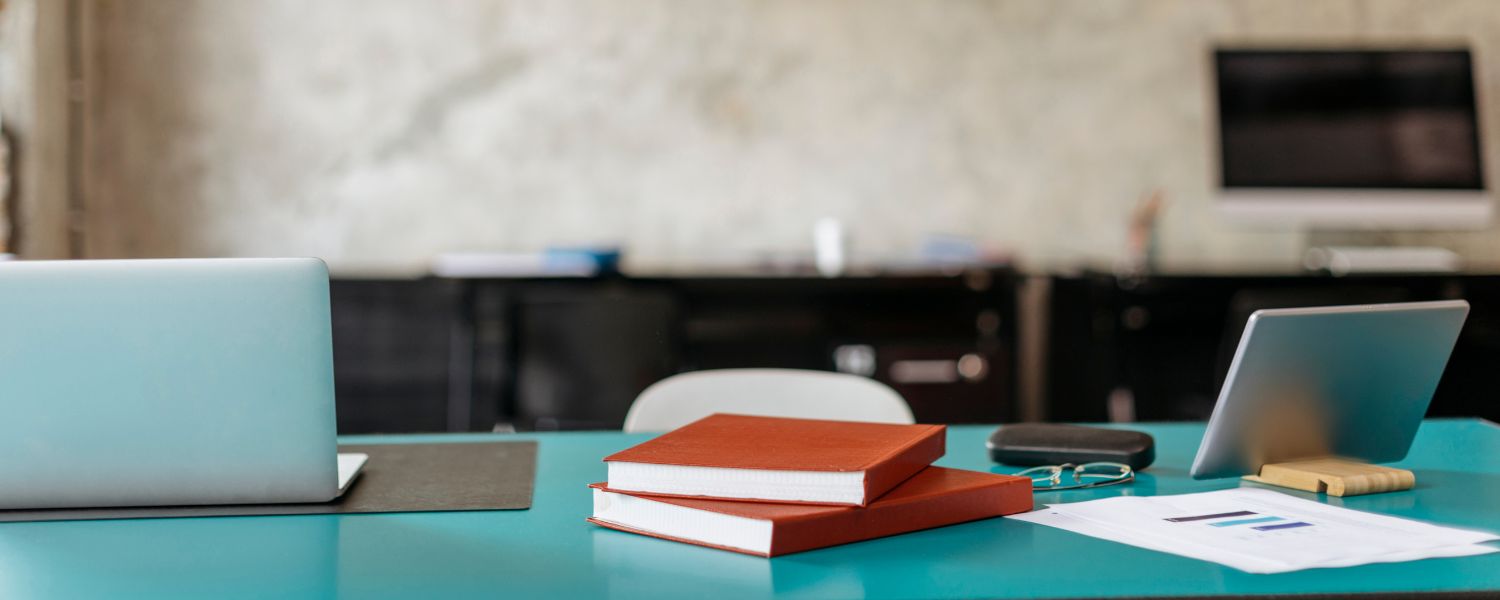
To optimise your child’s learning, it’s important to create a comfortable and functional learning environment at home. Whether you have a dedicated room or a small corner in your living space, here are some tips and ideas for setting up your home environment for success in distance education.
1. Determine Your Space and Layout

Before you start decorating and organising, consider the space you have available and how you want to lay out your home classroom. Will you have a designated area for each subject or activity? Will you have a desk for each child or a communal workspace? Take measurements and create a rough sketch of your classroom to help you plan.
2. Choose Your Furniture and Storage

Once you have a layout in mind, choose your furniture and storage solutions accordingly. Desks or tables and chairs are a must for individual work, while a large table or floor cushions can be great for group activities. Use bookshelves, cabinets, and bins to store books, supplies, and materials. Consider using a rolling cart or caddy to keep frequently-used items within reach.
3. Set up a Desk or Table

A desk or table is essential for distance education, as it provides a stable surface for laptops, textbooks, and other materials. Choose a desk or table that is the right size for the student and that has enough storage space for books, papers, and supplies.
4. Use Comfortable Chairs

Sitting for long periods of time can be uncomfortable and even painful if you don’t have a comfortable chair. Choose a chair that provides good support for your back and that is the right height for your desk or table. Consider using a cushion or lumbar support to make the chair even more comfortable.
5. Decorate and Personalise

Make your family’s dedicated learning space your own! Hang posters, artwork, or a whiteboard for visual aids and reminders. Let your children help choose decorations or create their own artwork to display. This can help them feel more comfortable and motivated to learn. Just be sure that your decorations don’t become a distraction or take up too much space.
6. Incorporate Technology

Technology is a valuable tool for distance education, especially for secondary and senior students. In addition to a desktop computer, laptop, or ipad, here are other essentials to consider:
7. Establish a Secure Internet Connection

At Faith, learning is completed through a mix of online and offline mediums. An internet connection is vital to ensure your students’ success.
8. Invest in Noise-Cancelling Headphones

Noise-cancelling headphones or earplugs can be particularly useful if you have multiple students who may be attending a live lesson (or listening to a recording) at the same time.
9. Create a Routine and Schedule

Finally, create a routine and schedule for your week. Using your student’s timetable as a guide (accessible via Learning@Faith), determine your start and end times, breaks, and lunchtime. Plan out which lessons and activities you will attend each day or week. You can be flexible and adjust as needed, but having a routine can help establish a sense of structure and productivity.
Key Takeaway
Setting up your home classroom can be a fun and rewarding process (and it does not need to be too fancy!) By considering your space, furniture, decorations, technology, and routine, you can create a comfortable and functional learning environment for your children.
